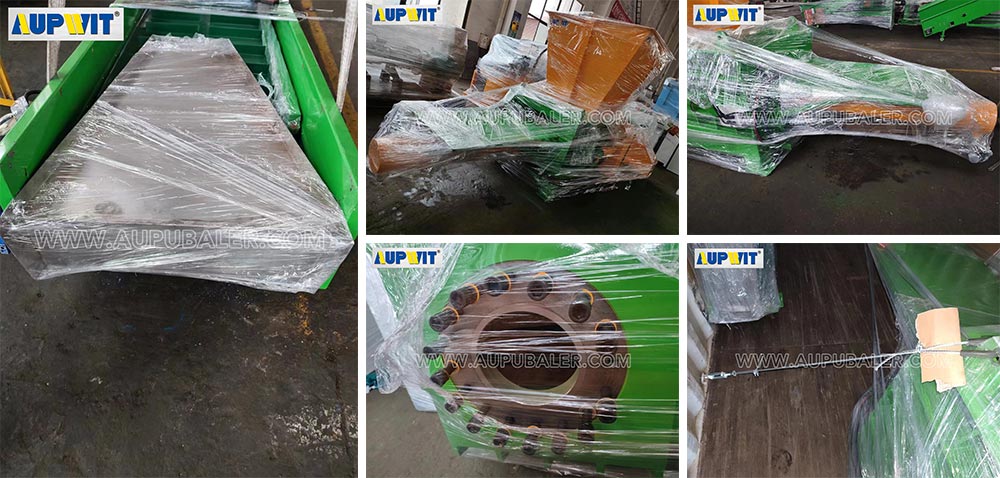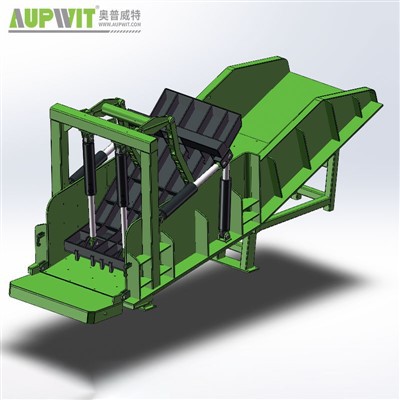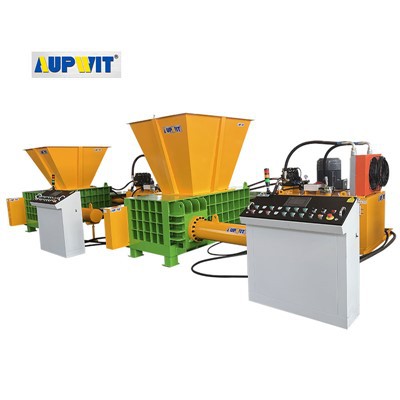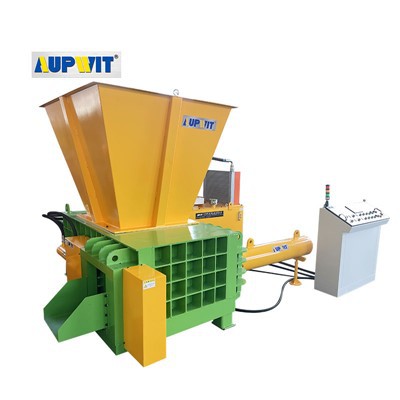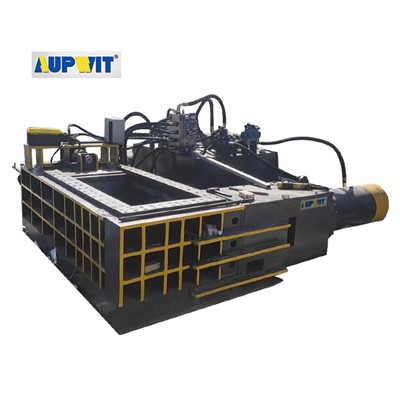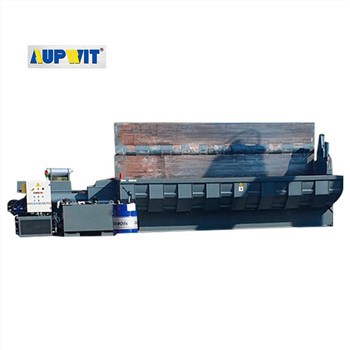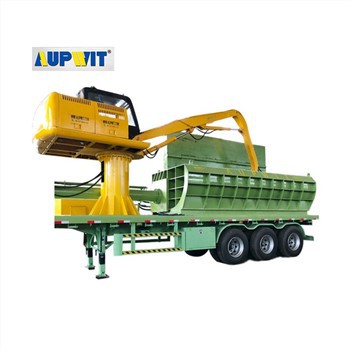1. Tire type and size
Different tire balers are suitable for different types and sizes of tires. If you mainly deal with small car tires, you can choose a small or medium-sized tire baler; if you deal with large engineering tires or truck tires, you need a large baler with sufficient pressure and power to ensure effective compression and baling.
2. Production capacity
Choose according to the production scale and tire processing volume of the enterprise. If it is a large waste tire recycling enterprise that needs to process a large number of tires every day, it is necessary to choose a tire baler with high production capacity and high degree of automation, such as equipment with continuous feeding and fast baling functions, to improve work efficiency; for small enterprises or occasional use, a small manual or semi-automatic baler may be sufficient.
3. Baling pressure
The baling pressure of the tire baler is an important indicator. Generally speaking, the greater the baling pressure, the tighter the tire block after baling, which is convenient for transportation and storage. For tires with higher hardness or larger size, it is necessary to choose machines with higher packing pressure, which is usually measured in tons, such as 100 tons, 200 tons, etc.
4. Degree of automation
A tire baler with a high degree of automation can reduce manual operation and improve work efficiency and safety. For example, functions such as automatic feeding, automatic bundling and automatic unloading can greatly reduce labor intensity and are suitable for large-scale production. However, the price of equipment with a high degree of automation is relatively high, and it needs to be selected according to the actual needs and budget of the enterprise.
5. Brand and after-sales service
Choosing a tire baler from a well-known brand usually has a better guarantee of quality and reliability. At the same time, good after-sales service is also very important, including equipment installation and commissioning, training, maintenance and spare parts supply. You can understand the brand's reputation and after-sales service by consulting product reviews, consulting other users or field visits.
